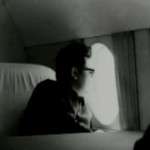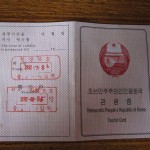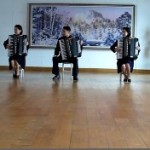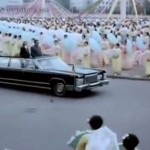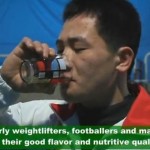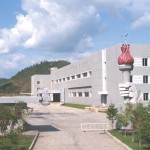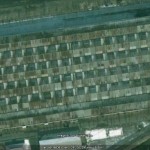Institute for Far Eastern Studies (IFES)
2012-2-29
North Korea is likely to make an official announcement of its new economic development plan in April to commemorate the centennial anniversary of Kim Il Sung’s birthday, which is also celebrated as a national holiday in North Korea as the “Day of the Sun.” In addition to the new economic plan, North Korea is also planning to align organizations and establish appropriate legislations in the foreign economic sector. The Daepung Group was recently consolidated with the Joint Venture and Investment Committee (JVIC).
According to an unnamed North Korean source, “many organizations in North Korea with overlapping functions or with unsatisfactory performance were merged as a part of promotion of North Korean socialism. The Daepung Group was merged as a bureau under the JVIC.”
The two chiefs of the Daepung International Investment Group (Daepung Group) were Workers’ Party of Korea (WPK) Unification Strategy Department Director Kim Yang Gun, who served as the chairman of the board, and Pak Chol Su, a Korean-Chinese businessman, who headed the group as the president and elected standing vice-chairman. They were in charge of attracting large foreign investment needed for the “10-Year State Strategic Plan for Economic Development (2011-2020).”
The WPK Director of Administration Jang Song Thaek is in charge of the Daepung Group and the JVIC and is likely to have ordered the merge of the two organizations to increase work efficiency. Kim Yang Gun’s position as the head of Daepung weakened after the souring of inter-Korean relations despite his efforts to bring investment from the South. As a result, Kim will likely step down from his position and Pak Chol Su and the executive management of the JVIC will likely manage the Daepung Group in the future.
The JVIC has also faced changes in its organization with the appointment of Ri Gwang Gun as the new head of the JVIC. Other foreign investment companies and related organizations were merged and the roles of the directors were revised.
The Beijing office of the JVIC has opened its doors in December 30 last year. North Korea is likely to dispatch experts and professionals from various organizations to provide “one-stop service” to attract more investment to North Korea, starting from this April.
Kim Chol Jin is the person in charge of the JVIC Beijing Office. The Rason Special Economic Zone (SEZ) and Hwanggumpyong SEZ will have a change in leadership, as Hong Suk Hyong will replace Kim Il Young as the new vice-chairman.
The previous chairman of the JVIC, Ri Su Yong, who was also the former ambassador of the DPRK to Switzerland, is now serving as the new advisor to Kim Jong Un at the Secretary’s Office.
*Addendum: Choson Exchange has been talking about this for a couple of months. See posts here (2012-3-4), here (2010-2-13) and here (2012-1-10).

